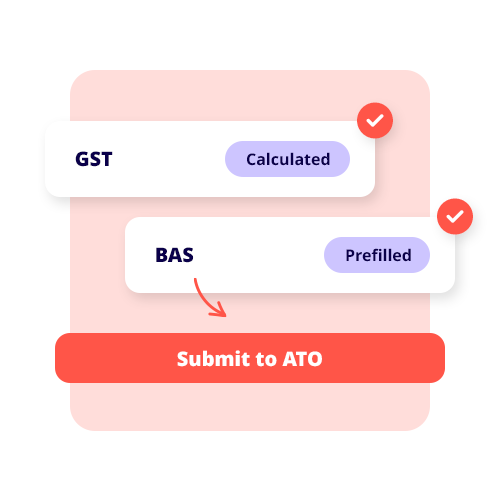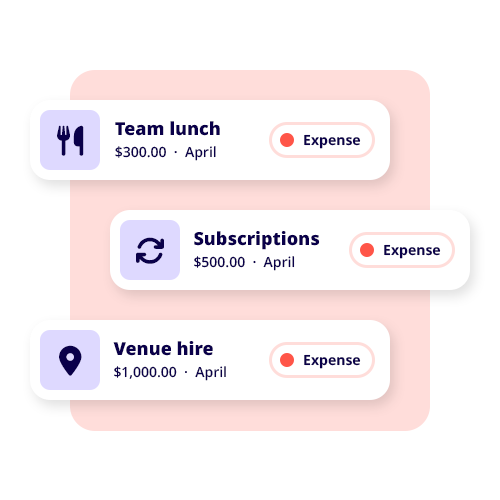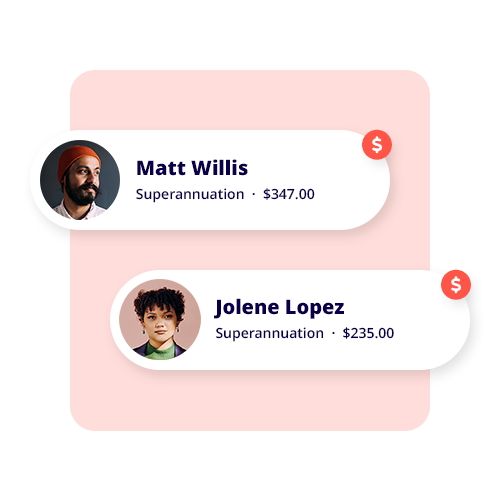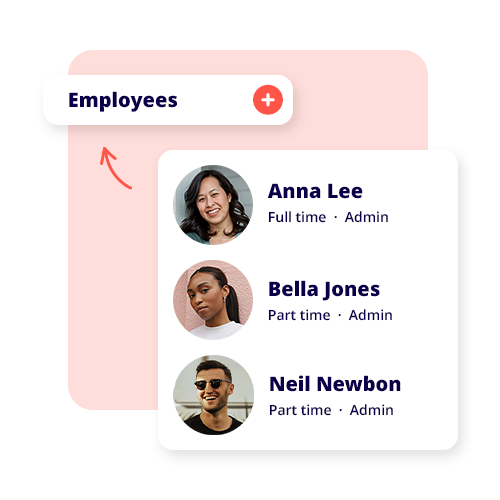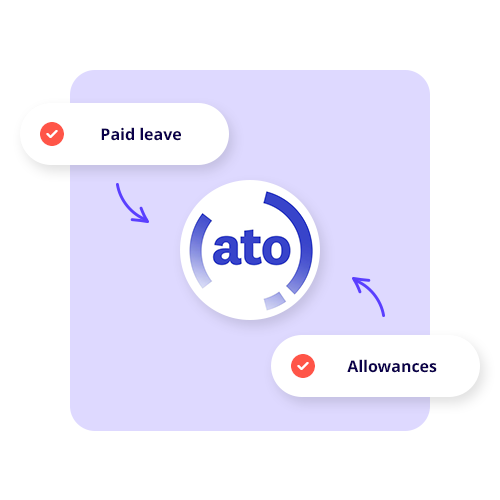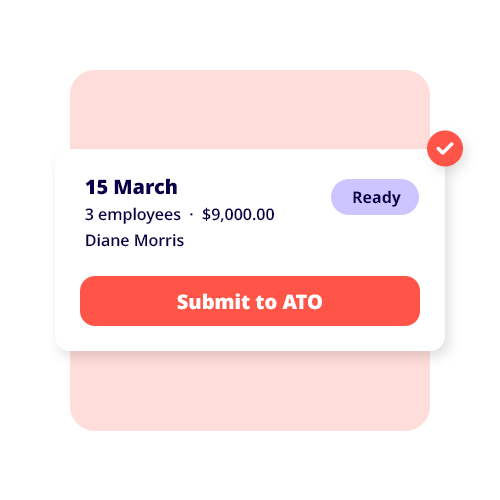Whether you’re managing a growing company or strategising about how to repay a loan, amortisation is a fundamental concept in corporate finance and accounting that can have a big impact on your business. Getting to grips with amortisation will help improve your literacy around tracking expenses, allocating resources and planning for the future.
By helping you understand the long-term cost of an asset or loan, amortisation can help you create more accurate financial projections and optimise your taxable income while keeping you compliant with AASB guidelines. Here’s what you need to know.
Amortisation (definition)
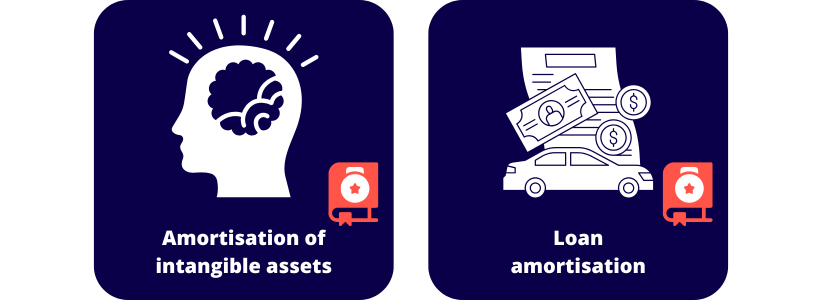
In accounting, amortisation is the process of gradually reducing the book value of an intangible asset or paying down a loan over time through regular payments. In both business and finance, amortisation is used in two major contexts:
- Amortisation of intangible assets: Allocating the cost of an intangible asset (e.g. patents, trademarks, franchise agreements) over its useful life for accounting purposes.
- Loan amortisation: Breaking down a loan’s repayment into scheduled instalments (e.g. monthly payments) to gradually pay off the outstanding loan balance by the end of the loan term. Your accountant can help you visualise this process through an amortisation schedule.
What are intangible assets?
Intangible assets are non-physical resources that deliver value for your business. Unlike tangible assets (e.g. machinery, buildings, vehicles), intangible assets can’t be touched or measured in physical terms.
Some of the more common examples of an intangible asset include:
- Intellectual property (patents, trademarks, copyrights)
- Franchise agreements
- Software developed for internal use only
- Customer or lead lists
- Goodwill
How amortisation applies to intangible assets
For accounting purposes, you can figure out the cost of your company’s intangible assets over their asset’s life using straight-line amortisation. This means dividing the asset’s value evenly across the time it’s expected to generate revenue for you.
Here’s an example: a business buys a patent for $100,000 with a useful life of 10 years. Using straight-line amortisation, the company sets aside $10,000 every year as an amortisation expense on the income statement, ensuring the cost matches the revenue earned during the patent’s useful life.
Intangible assets and tax purposes
Regarding how it works for tax purposes, amortising intangible assets can lower your company’s tax liability by spreading out the expenses over time.
Bear in mind that businesses must follow specific rules around determining the asset’s useful life and capitalised costs. Costs for developing intangible assets (e.g. salaries for R&D staff) are generally treated as business expenses rather than capitalised. Always speak to a tax professional to understand your obligations.
How loan amortisation works
As its core, loan amortisation is simply breaking down a loan into equal, periodic instalments that cover both interest and principal. Each monthly payment decreases the outstanding balance, with a larger portion allocated to interest in the early stages and more to the principal over time. Doing this means the entire loan amount will be paid off by the end of the loan term.
Amortisation schedules
An amortisation schedule shows exactly how each loan payment is divided between principal and interest. It also shows how the loan balance is declining over time.
For example, consider a business loan of $50,000 with a 5% annual interest rate and a loan term of 5 years. Monthly payments are calculated using the formula for straight-line amortisation or a financial calculator. The schedule might show:
- Total monthly payment: $943.56
- Interest portion of the first payment: $208.33
- Principal portion of the first payment: $735.23
Over time, the interest portion decreases as the loan balance declines, while the principal portion increases.
Common types of amortised loans
- Mortgage: Structured as fully amortising loans with fixed monthly payments.
- Car loan or other equipment finance: Amortised over a shorter period, with predictable monthly payments.
- Business loan: These can have flexible terms but usually follow the same principles of amortisation.
4 reasons why amortisation is important for businesses
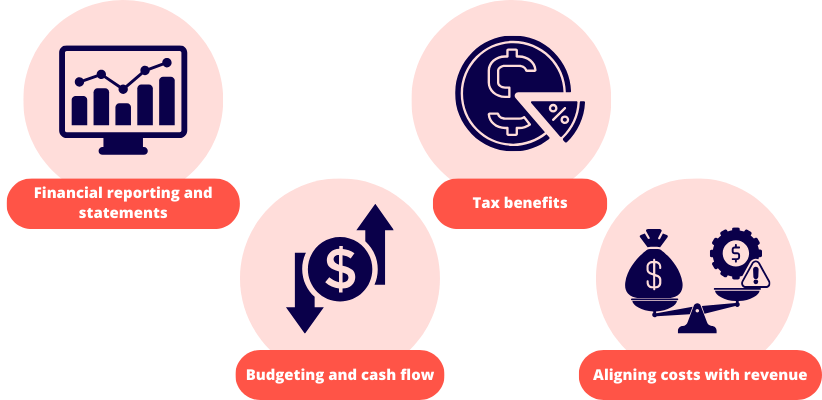
1. Financial reporting and statements
For businesses, amortisation can have an influence on your financial statements via the:
- Income statement: Lists amortisation expenses as a non-cash expense, which reduces net income without impacting cash flow.
- Balance sheet: Shows the declining value of your company’s intangible assets and loans over time.
2. Tax benefits
Amortising intangible assets or loan interest can reduce your business’s taxable income, and subsequently lower your tax liability at end of financial year (EOFY).
3. Budgeting and cash flow management
Getting to grips with amortisation means your businesses can plan for regular payments, allocate specific resources more effectively, and avoid the stresses of cash-flow shortfalls.
4. Aligning costs with revenue
Amortisation also ensures that all expenses are recognised in the same period as the revenue generated by the asset, which gives you a more accurate financial picture overall.
How to calculate amortisation
Calculating amortisation can feel a little complex when you start out, but breaking it down into a few basic steps will make things more manageable. Here’s what to focus on first:
For intangible assets
For intangible assets, the straight-line method is the most commonly used one. It evenly spreads out the asset’s cost over its useful life and works in this way:
- Start with the total cost of the intangible asset. This includes the purchase price and other costs like legal or registration fees.
- Determine the asset’s useful life, whether its economic or contractual life (e.g., a 10-year patent).
- Divide the total cost by the useful life to calculate the annual amortisation expense.
If, for example, you purchase a trademark for $50,000 and it has a useful life of 10 years, your annual amortisation expense would be $5,000 ($50,000 ÷ 10).
For loans and other financing arrangements
For loans and other financing arrangements, the reducing balance amortisation method is used. Reducing balance amortisation works in a way that allocates the payment instalment between interest and principal with a higher proportion of interest early on and a larger proportion of capital later on.
Suppose you take out a $20,000 loan at a 5% annual interest rate for five years. Your monthly amortised loan payment will include interest and principal amounts, gradually reducing the loan balance.
It’s essential to recognise that manually calculating loan amortisation can be time-consuming and prone to mistakes, especially when accounting for legal and tax requirements.
For small business owners, the best approach is to use an online amortisation calculator, as it will do all the hard work for you. You will need the following information to enter into the calculator:
- Loan amount
- Interest rate
- Loan term (months)
- Monthly payment amount
Alternatively, speak to your accountant or financial advisor, as they will ensure your amortisation calculations are accurate and correctly recorded in your financial statements.
Amortisation vs. depreciation
Amortisation and depreciation are two distinct accounting practices used to allocate the cost of assets over time, with the primary difference being the type of asset they apply to. Amortisation is used for intangible assets, such as patents, trademarks, software licenses, etc. Depreciation applies to tangible assets, such as fixed assets like buildings, vehicles, or equipment.
The methods used for each process also differ. Amortisation tends to follow the straight-line method, which evenly spreads the asset’s cost over its useful life. Depreciation, on the other hand, is more flexible, as it can be calculated using many different methods, including straight-line or declining balance — depending on how the asset’s value is expected to decrease over time.
Another big difference is in the consideration of resale or salvage value. With amortisation, salvage value — the residual value of an asset at the end of its useful life – isn’t considered. However, depreciation usually includes salvage value in its calculations, reducing the amount expensed over time.
Finally, both amortisation and depreciation are classified as non-cash expenses, meaning they represent accounting adjustments rather than actual cash outflows. Despite their differences, both processes serve the same purpose: allocating the cost of assets to match their declining value over time.
See related terms
What is a liability?
What is expense?
What are intangible assets?














